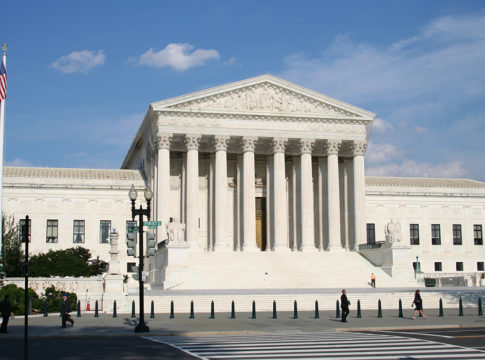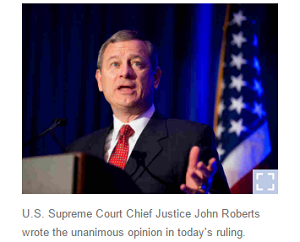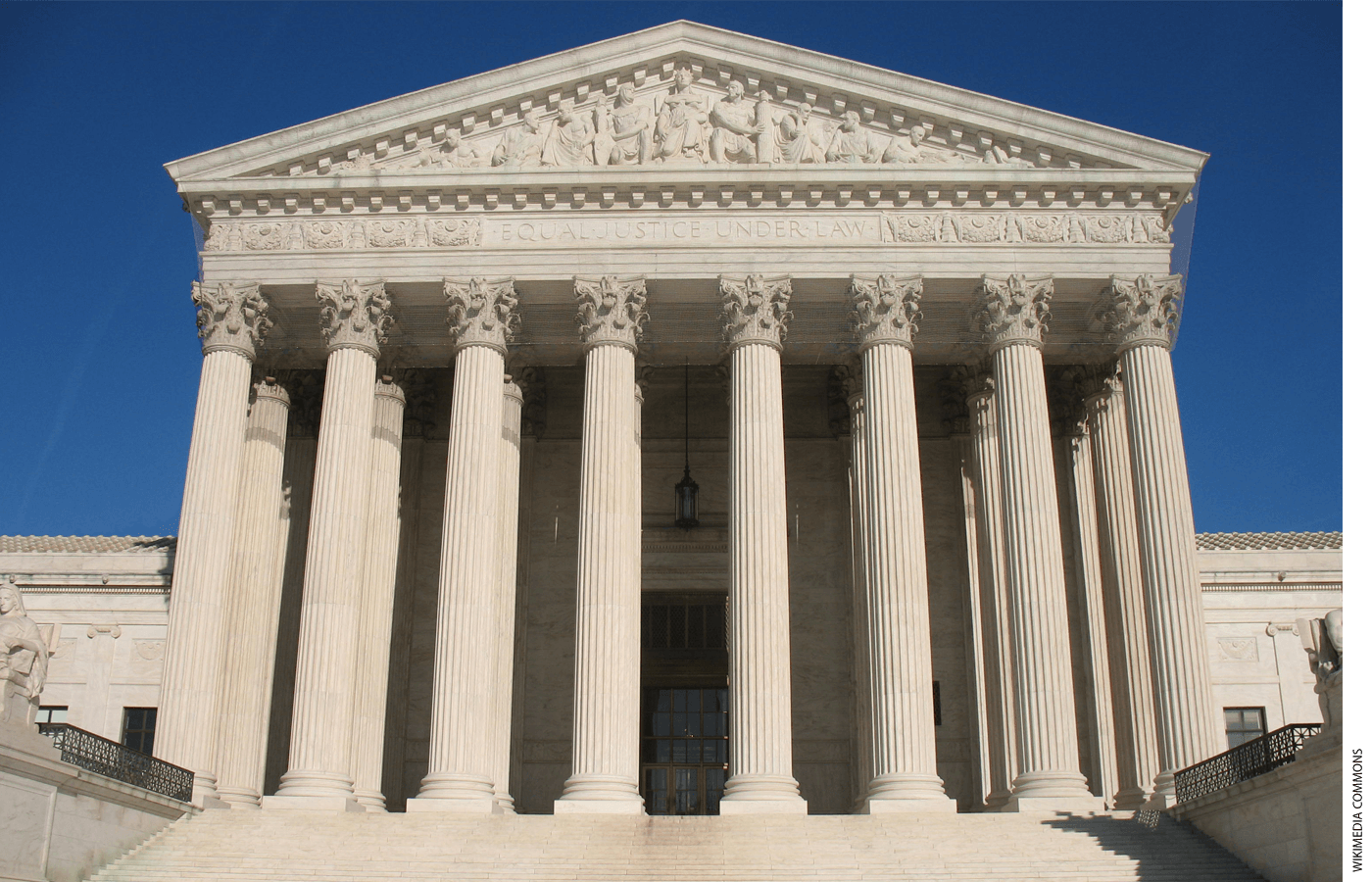
On March 22, the U.S. Supreme Court decided the most significant special-education case in 35 years. In Endrew F. v. Douglas County School District, the justices unanimously ruled that, under the Individuals with Disabilities Education Act (IDEA), public school students with disabilities are entitled to greater benefits than some lower courts had determined.
Endrew F. (Drew), an autistic child in Douglas County, Colorado, showed severe and increasing behavioral problems from preschool through 4th grade. Dissatisfied with his lack of progress under his Individualized Education Program (IEP), his parents withdrew him from public school in 2010 and enrolled him in a private school specializing in serving autistic students. He made significant gains in the new school and is now a 17-year-old high-school student learning vocational skills.
Drew’s parents believed that under the Individuals with Disabilities Education Act (IDEA), they were entitled to reimbursement from the Douglas County School District for the cost—$70,000 per year—of Drew’s private education. The school district, they argued, was not providing Drew with the “free appropriate public education” required by IDEA, thus qualifying him for placement in a private program.
The school district disagreed. While Drew was not making significant progress, he was making some progress and that was all the law required. The district pointed to a 1982 Supreme Court decision, Board of Education v. Rowley, which held that schools must merely provide “some educational benefit” for children with disabilities. As long as an IEP was “reasonably calculated to enable the child to receive educational benefits,” the school district had complied with the law. Thus, the district contended, anything more than a trivial benefit was sufficient.
In response, Drew’s parents argued that revisions to IDEA since Rowley showed that Congress intended an IEP to provide opportunities that are “substantially equal to the opportunities afforded children without disabilities.” As well, while several federal circuits had followed Rowley, other courts had imposed a higher standard and still others had produced conflicting precedents.
Drew lost his case before an administrative law judge and before the Tenth Circuit Court of Appeals, leading to the Supreme Court showdown. At oral argument in January, the justices were torn. Even as they indicated that IDEA must surely require more than just “some benefit,” they seemed to have no idea how to articulate a clear alternative standard. They seemed equally troubled by the potential consequences of changing course, worrying that a higher standard would impose unreasonable costs on school districts. Justice Breyer expressed concern that judges, who don’t know much about education policy, would be called upon to second-guess the judgment of experts and, in doing so, would encourage still more litigation, saying, “I foresee taking the money that ought to go to children and spending it on lawsuits and lawyers and all kinds of things that are extraneous.”
Those concerns did not prevail, though they clearly influenced the court’s reasoning. While the justices unanimously overturned the Tenth Circuit decision, the standard they articulated required that the educational benefits provided to students with disabilities be meaningful but not necessarily equal to those provided to other students.
Writing for the court, Chief Justice John Roberts noted that the circumstances in Rowley were different. That case involved a child who could be integrated into a regular classroom and, with appropriate support, make grade-level progress. But that was not possible for Drew. For children like him, Roberts said, an IEP must be reasonably calculated “to make progress appropriate in light of the child’s circumstances.” Thus, an IEP must provide more than some benefit but schools cannot be expected to provide grade-level progress for students with severe disabilities. Roberts explicitly declined to provide a “bright-line rule” or to “elaborate on what ‘appropriate’ progress will look like from case to case.” Roberts further wrote that courts should give “deference” to the “expertise and exercise of judgment by school authorities.” Because of this lack of clarity, there is in fact no guarantee that Drew’s parents will ultimately prevail. The court simply remanded the case back to the Tenth Circuit to be reconsidered in light of the higher standard.
In short, thanks to this decision, we now know that IDEA requires meaningful benefits. We just don’t know what “meaningful” means.
Joshua Dunn is professor of political science at the University of Colorado–Colorado Springs.
This article was updated to reflect news developments.
This article appeared in the Summer 2017 issue of Education Next. Suggested citation format:
Dunn, J. (2017). Special Education Standards: Supreme Court raises level of benefit. Education Next, 17(3), 7.





